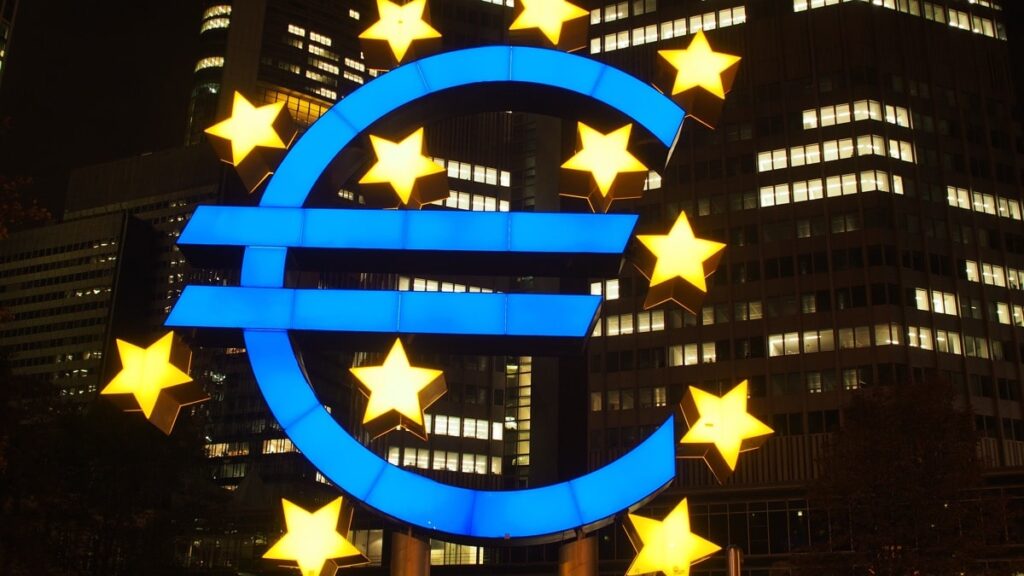The European Central Bank (ECB) has announced its plans for a step-by-step rollout of a digital euro CBDC. The final realisation phase may come later this year

Image: unsplash
The European Central Bank (ECB) has disclosed its plans for a phased rollout of a digital euro. Initially, the bank would release the central bank digital currency (CBDC) for use in person-to-person (P2P) and e-commerce transactions. By autumn 2023, the Governing Council should finalize the implementation plan for the centralized digital currency.
The digital euro release is expected to gradually cover multiple use cases:
- P2P and e-commerce payments;
- CBDC for physical stores and business-to-government on- and offline transactions, including taxes, custom duties etc.
Each product release will be preceded by a piloting exercise to test and prove the adequacy of design decisions. Both potential realisation phases will run in parallel in order to “optimise the release path”, clarifies the presentation.
As for the timeline, ECB plans to concentrate on various aspects of the CBDC implementation this year:
- Q1 2023 – settlement model, distribution of amount in circulation, role of intermediaries, integration and form factor, funding/defunding. At this stage, a prototype should be developed.
- Q2 2023 – user requirements, other preparations for the final phase.
- Q3 2023 – selection of potential service providers, creating a decision-making document with advice on potential issuance, design and implementation plan.
By autumn, the Governing Council should arrive at the decision whether to issue CBDC or not, after studying its utility in all possible use cases and assessing the disadvantages of a centralized digital currency.
Another document released by the ECB reveals that the institution is developing a “compensation model” for the production and issuance of a digital euro based on:
- Free use by individuals covering “all services necessary to enable persons to pay and be paid with digital euro in a convenient manner”.
- Network effects bringing economic incentives for acquirers and merchants.
- Economic incentives for issuers to “ensure an effective distribution of a public good like the digital euro”.
- The cost for the Eurosystem comparable with the production and issuance of physical banknotes.
Finally, it is known that ECB is considering plans to develop a digital euro app so that consumers could make contactless and QR code-based payments with the help of CBDC.









